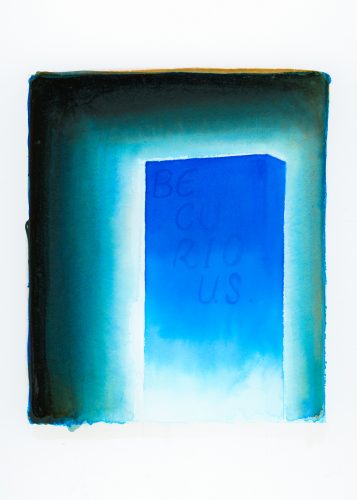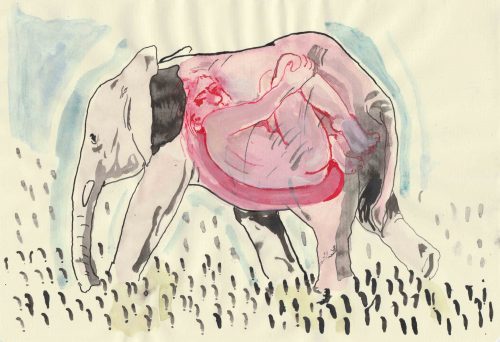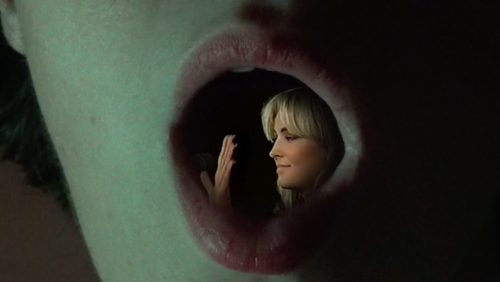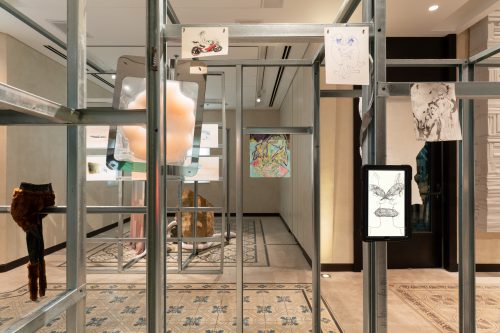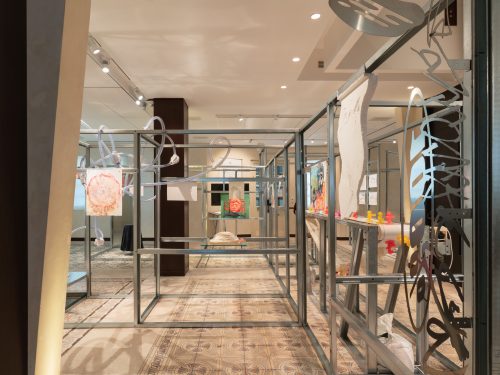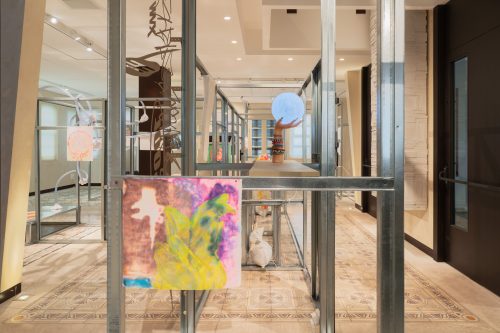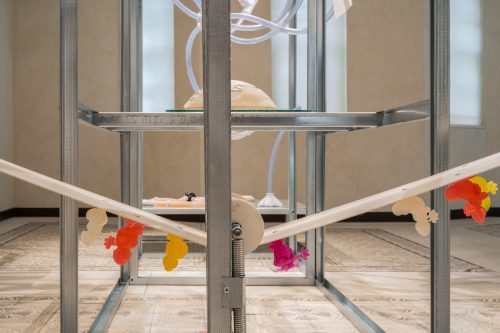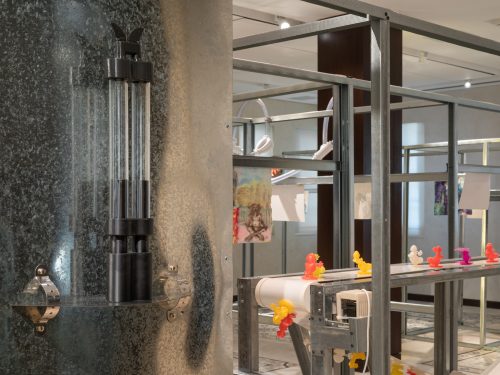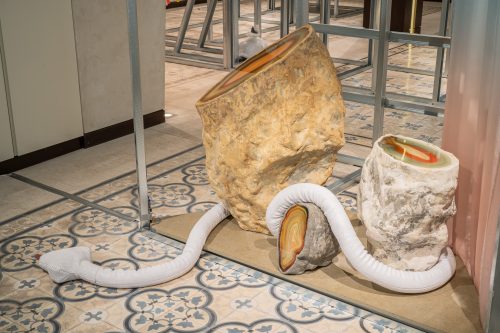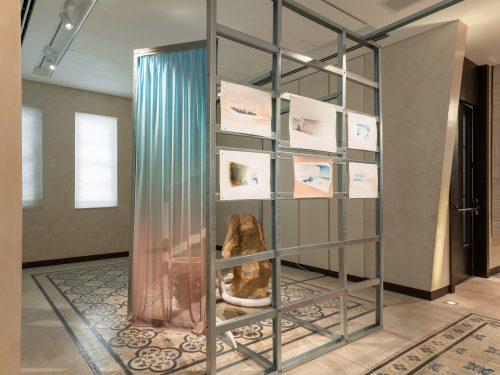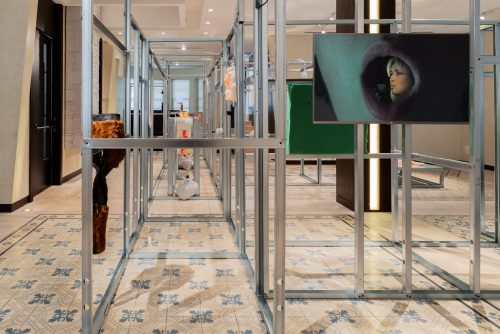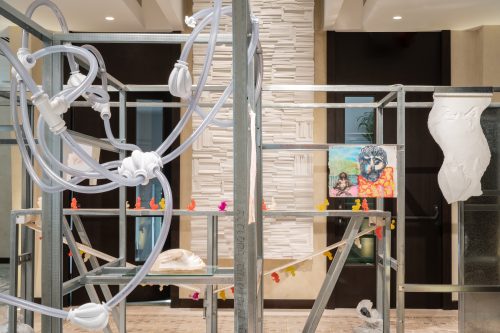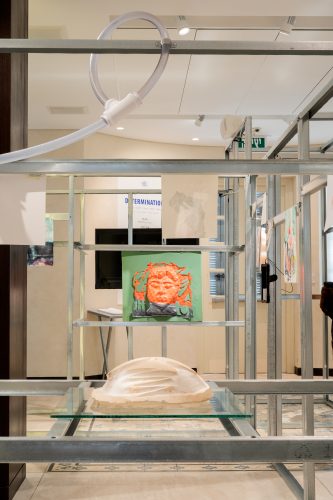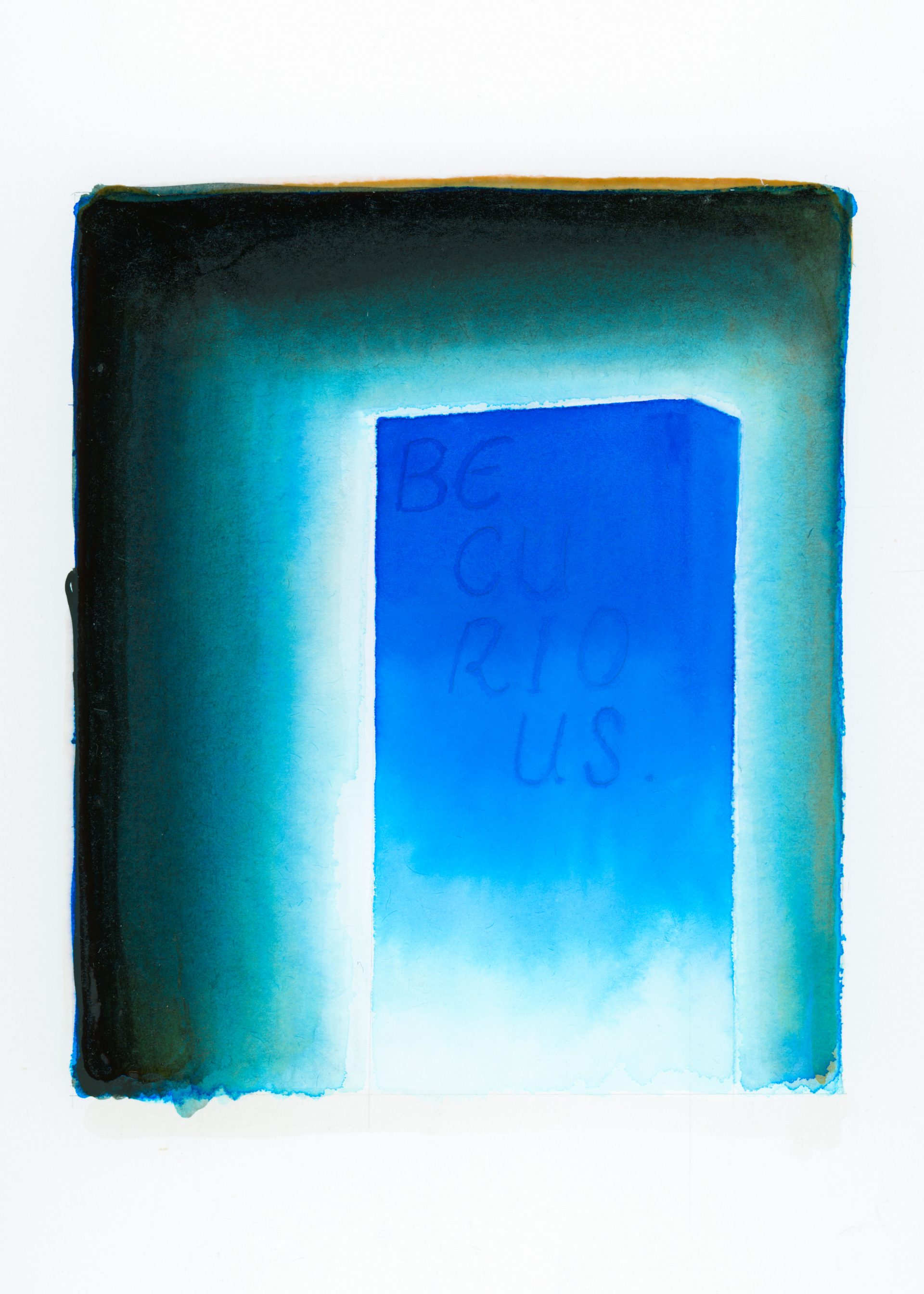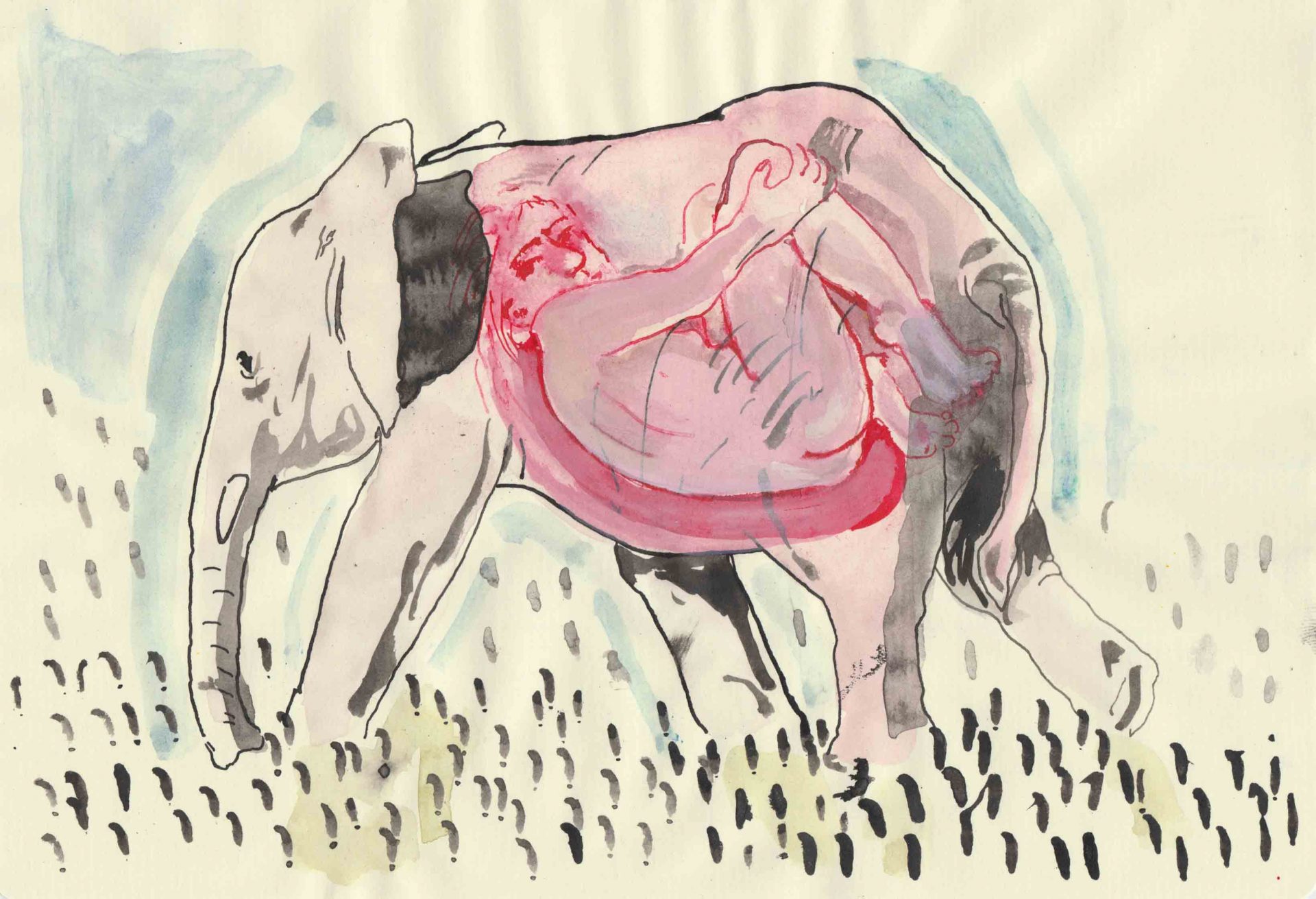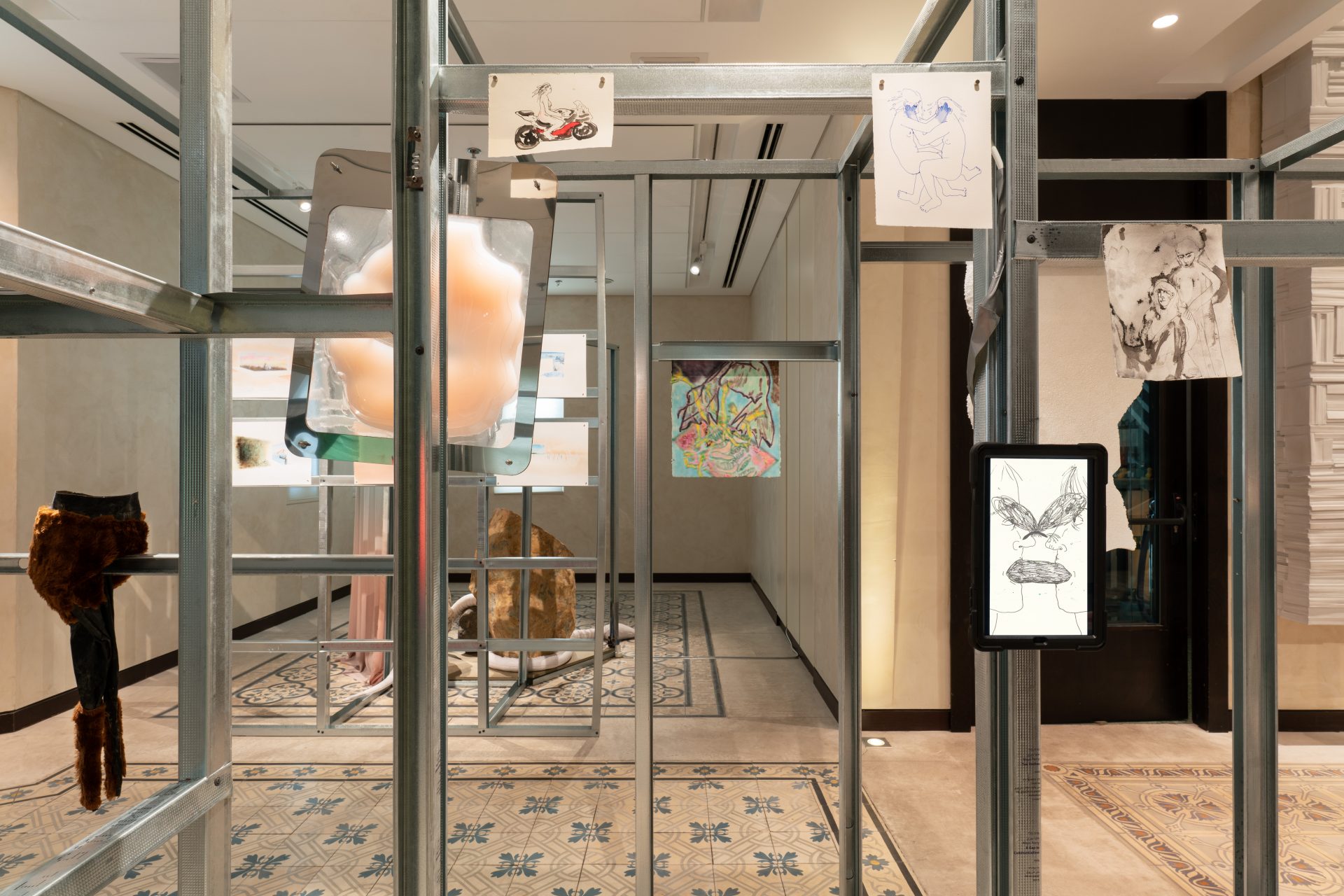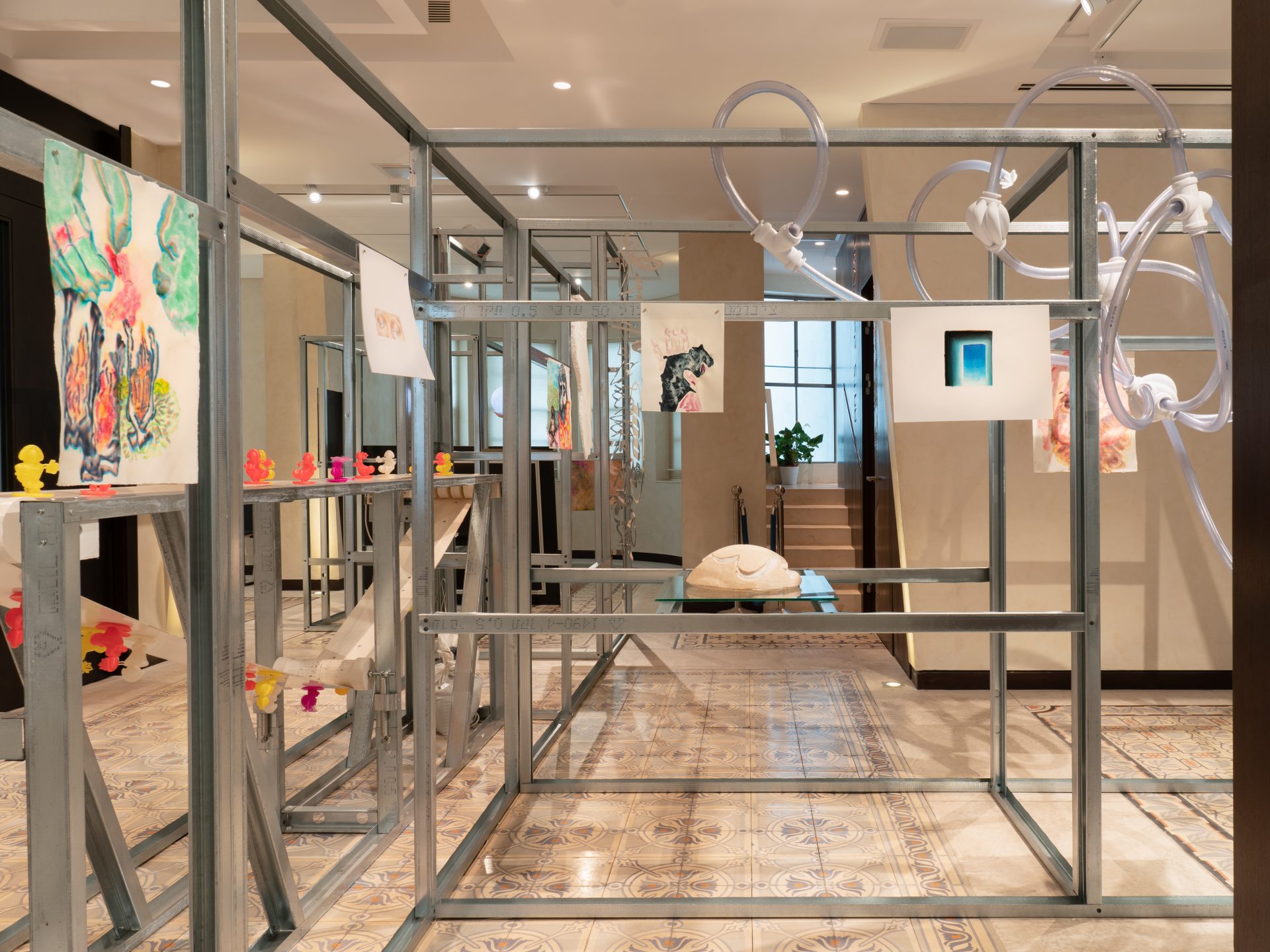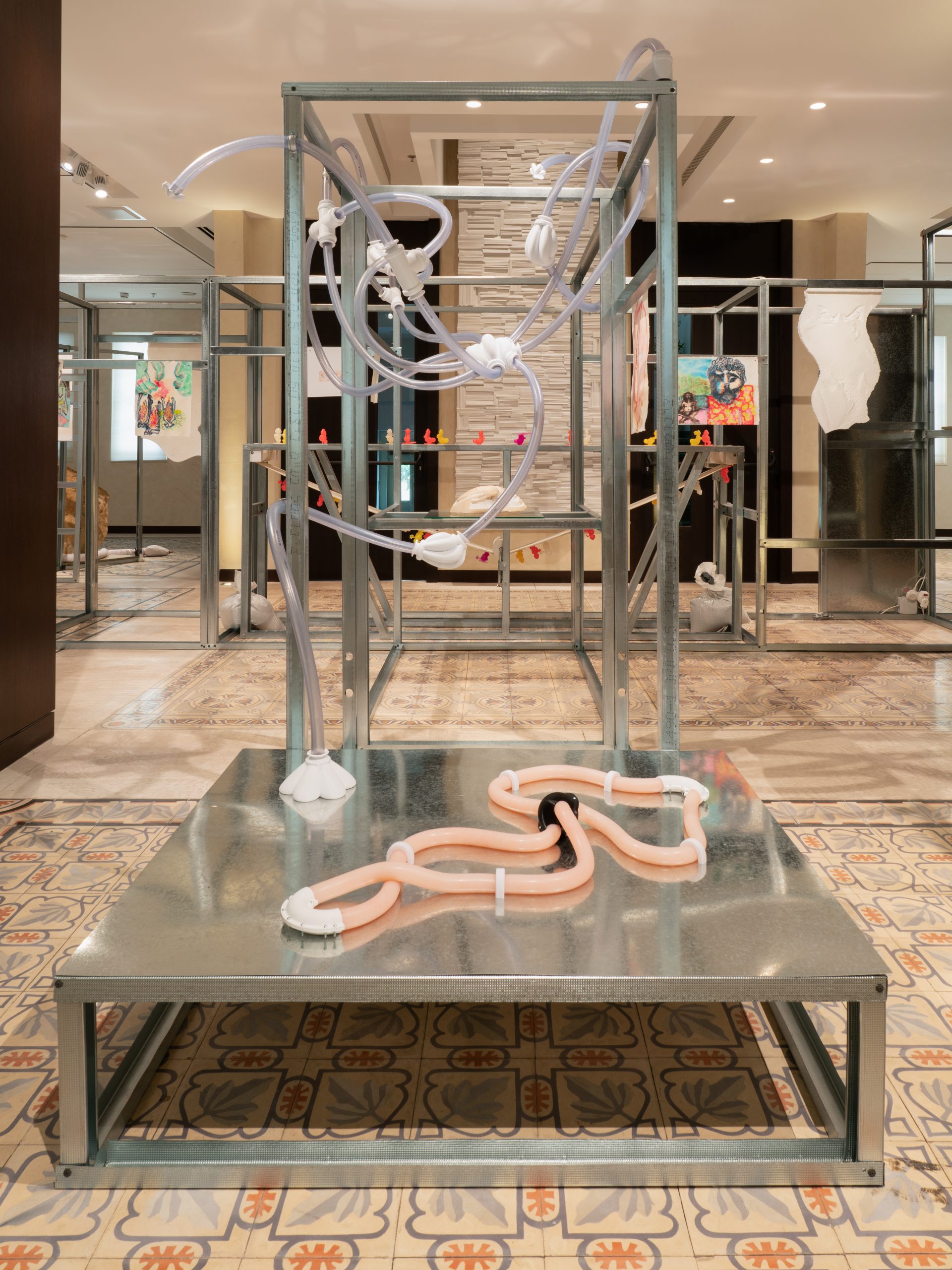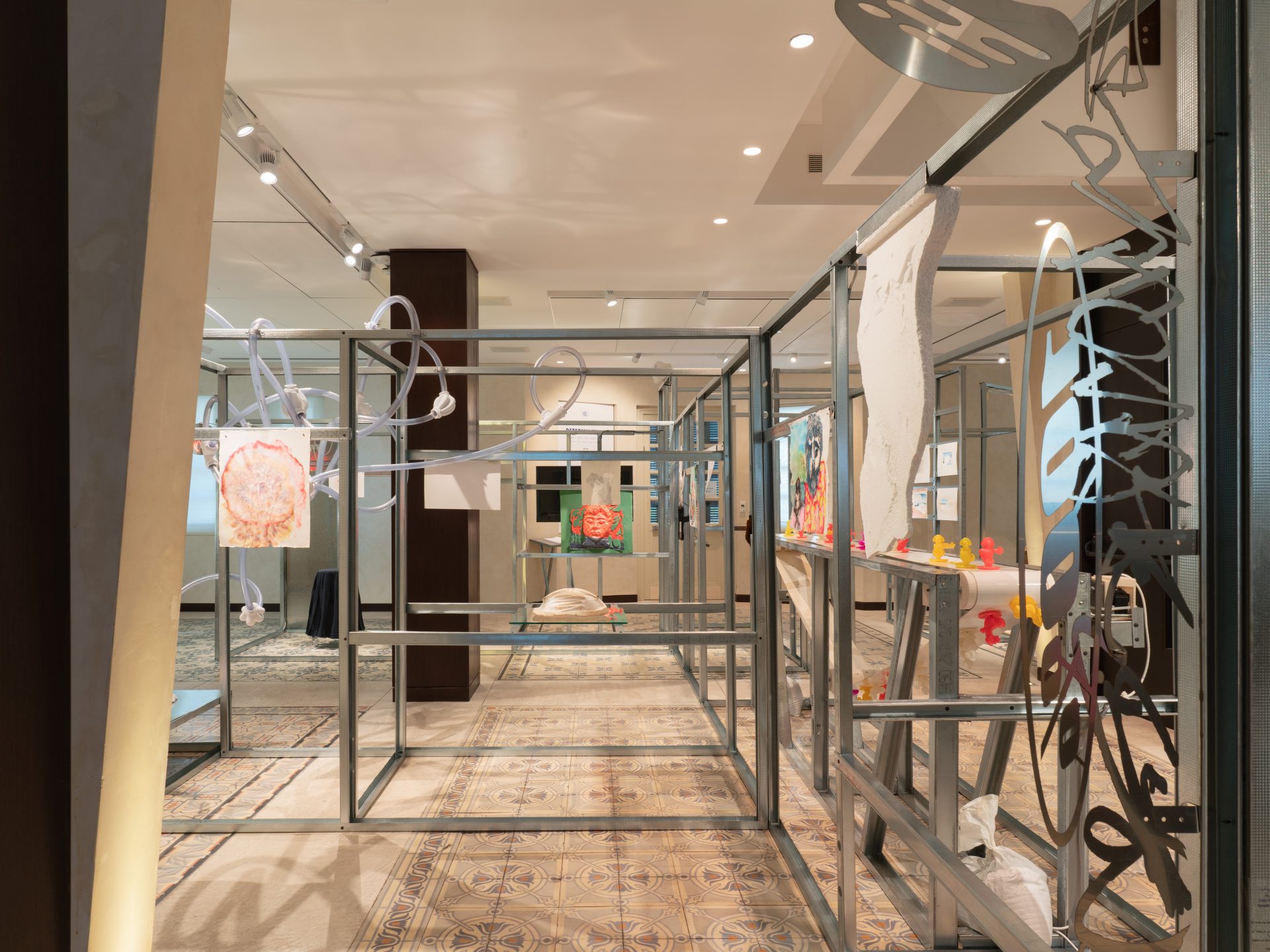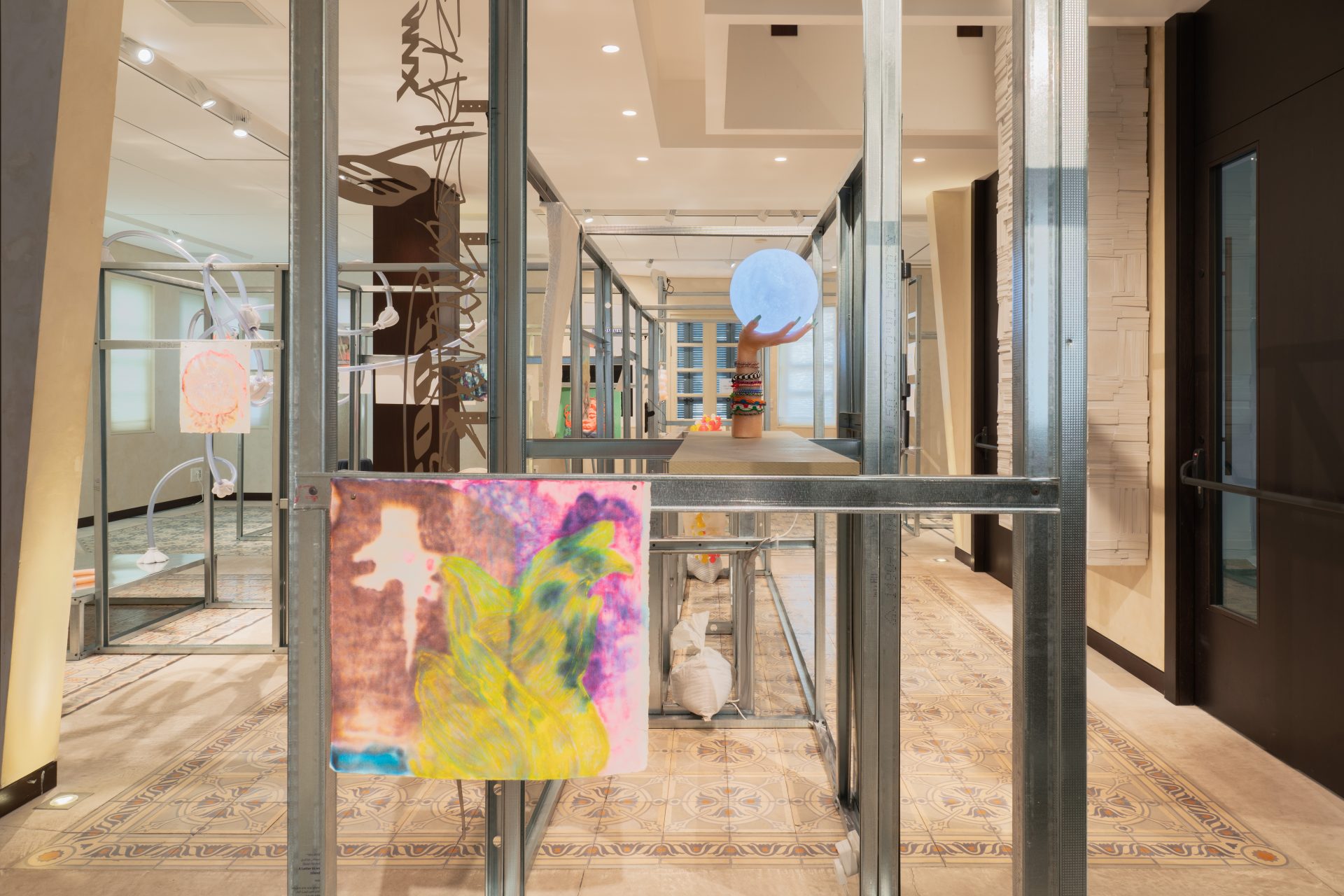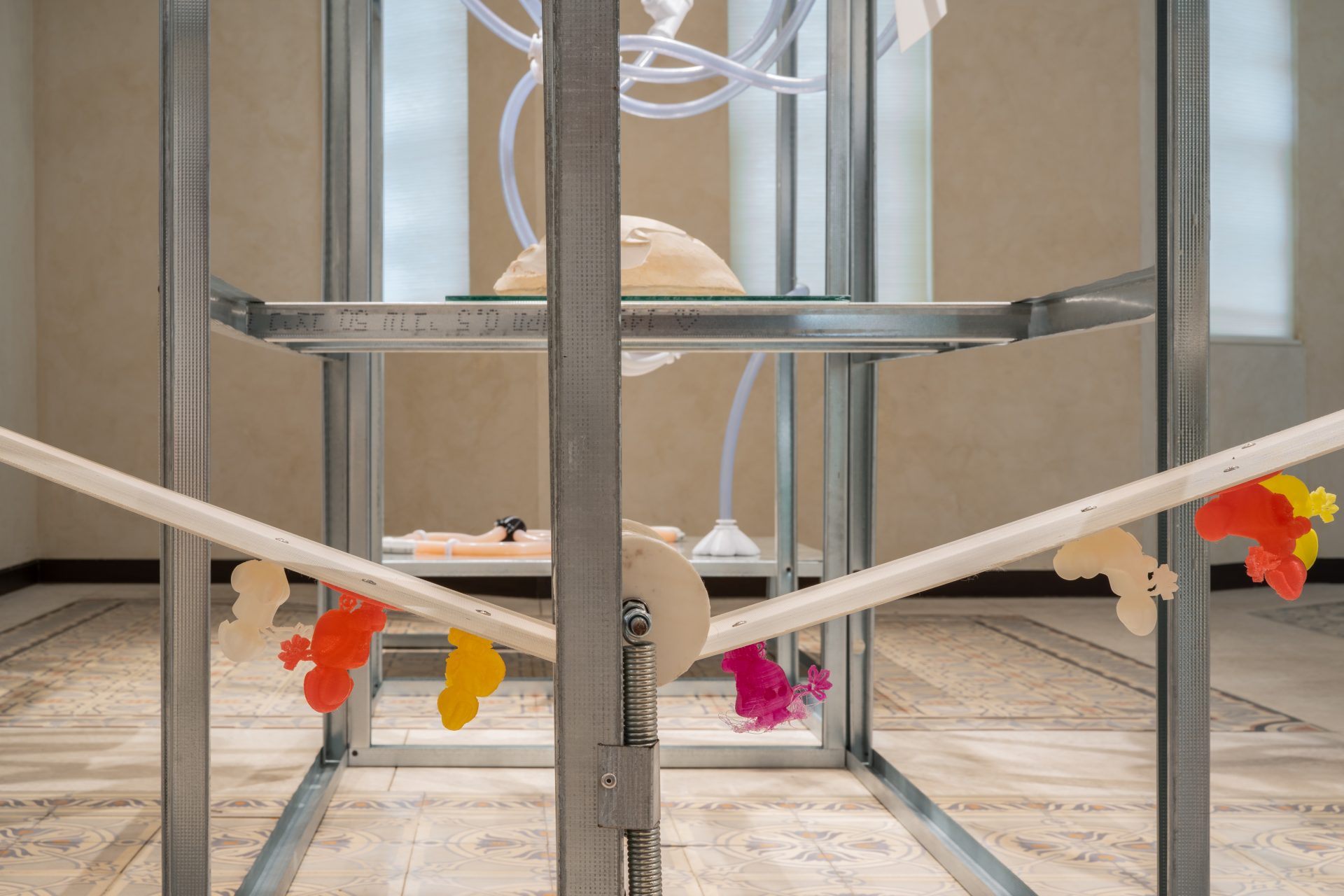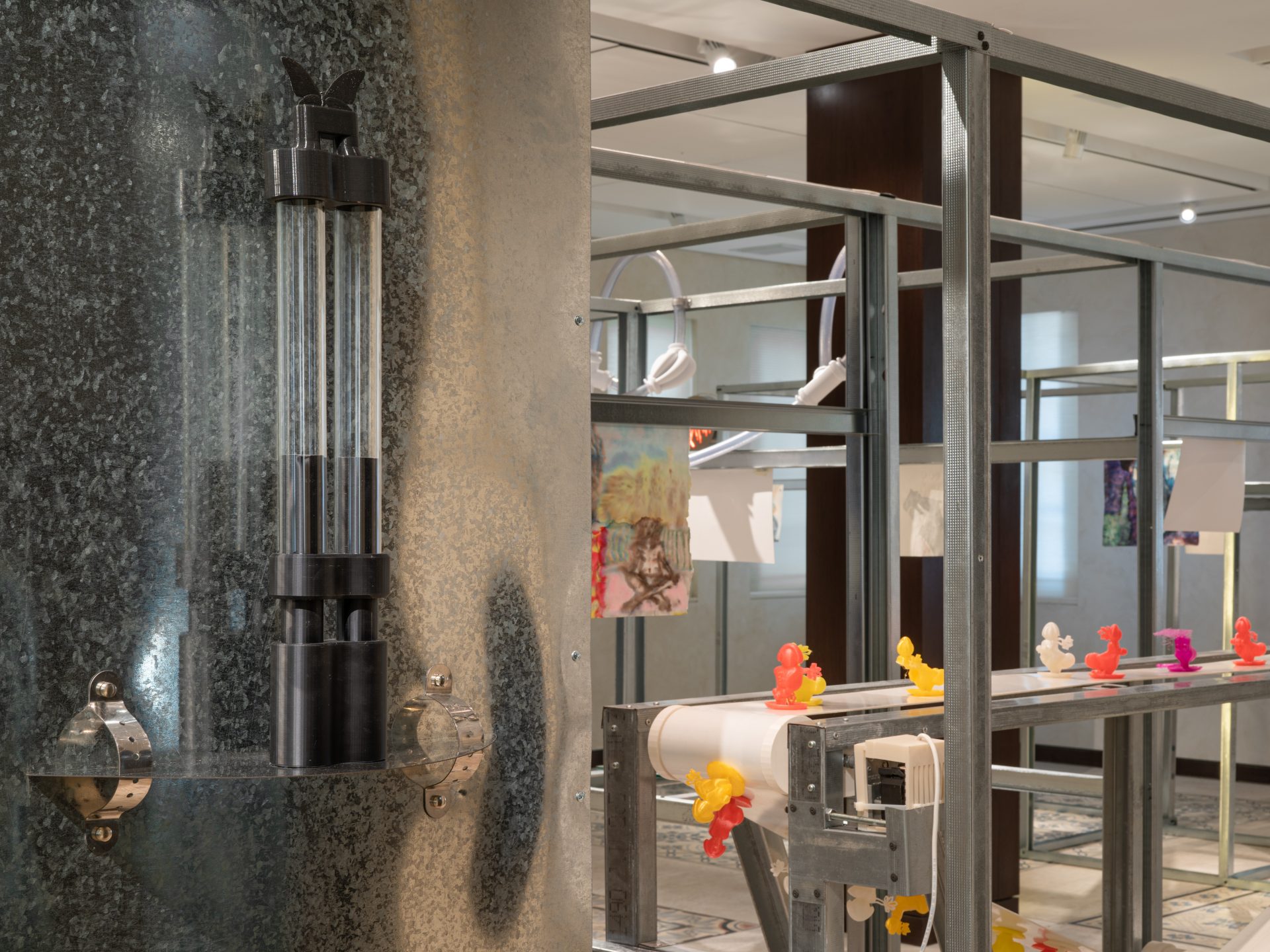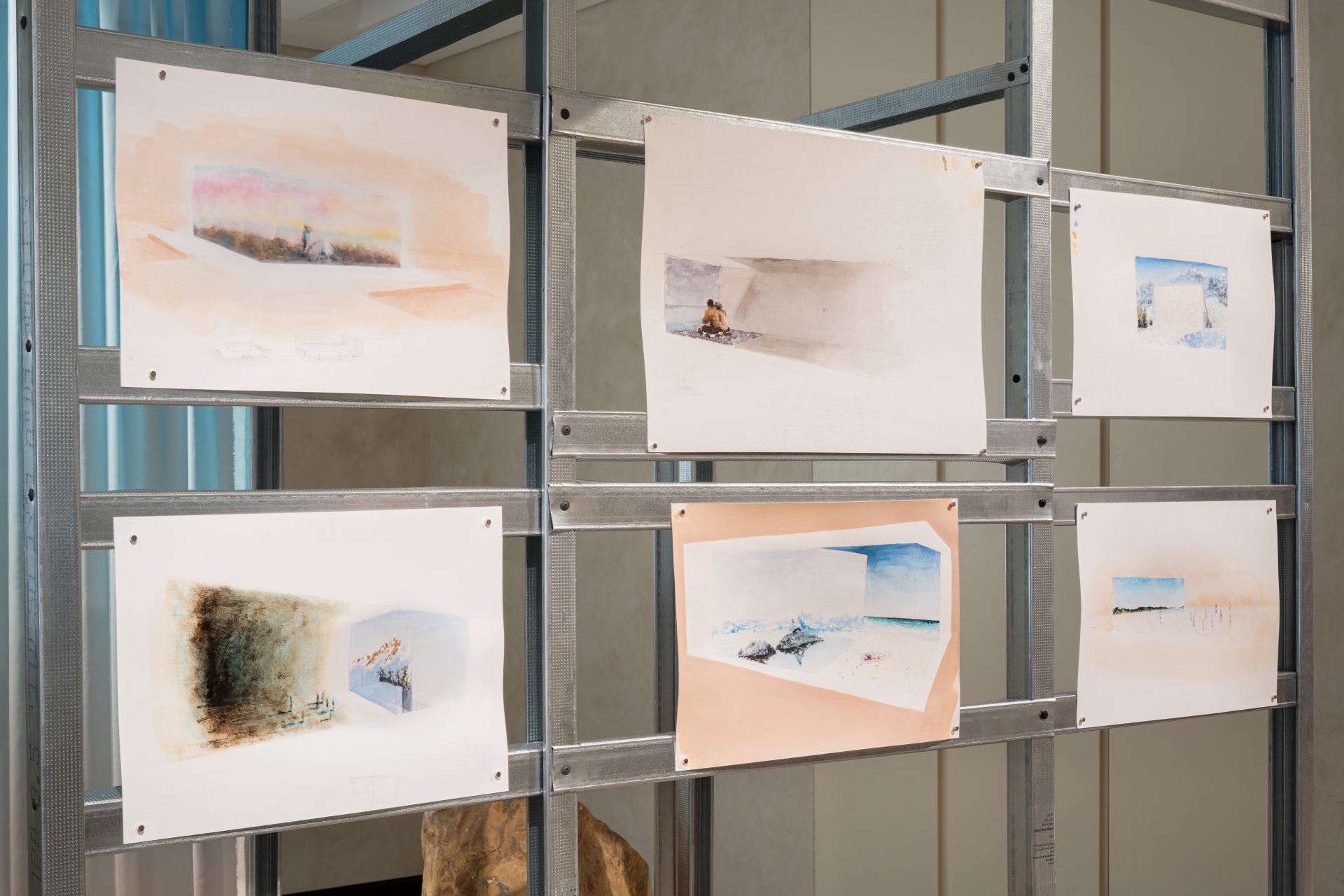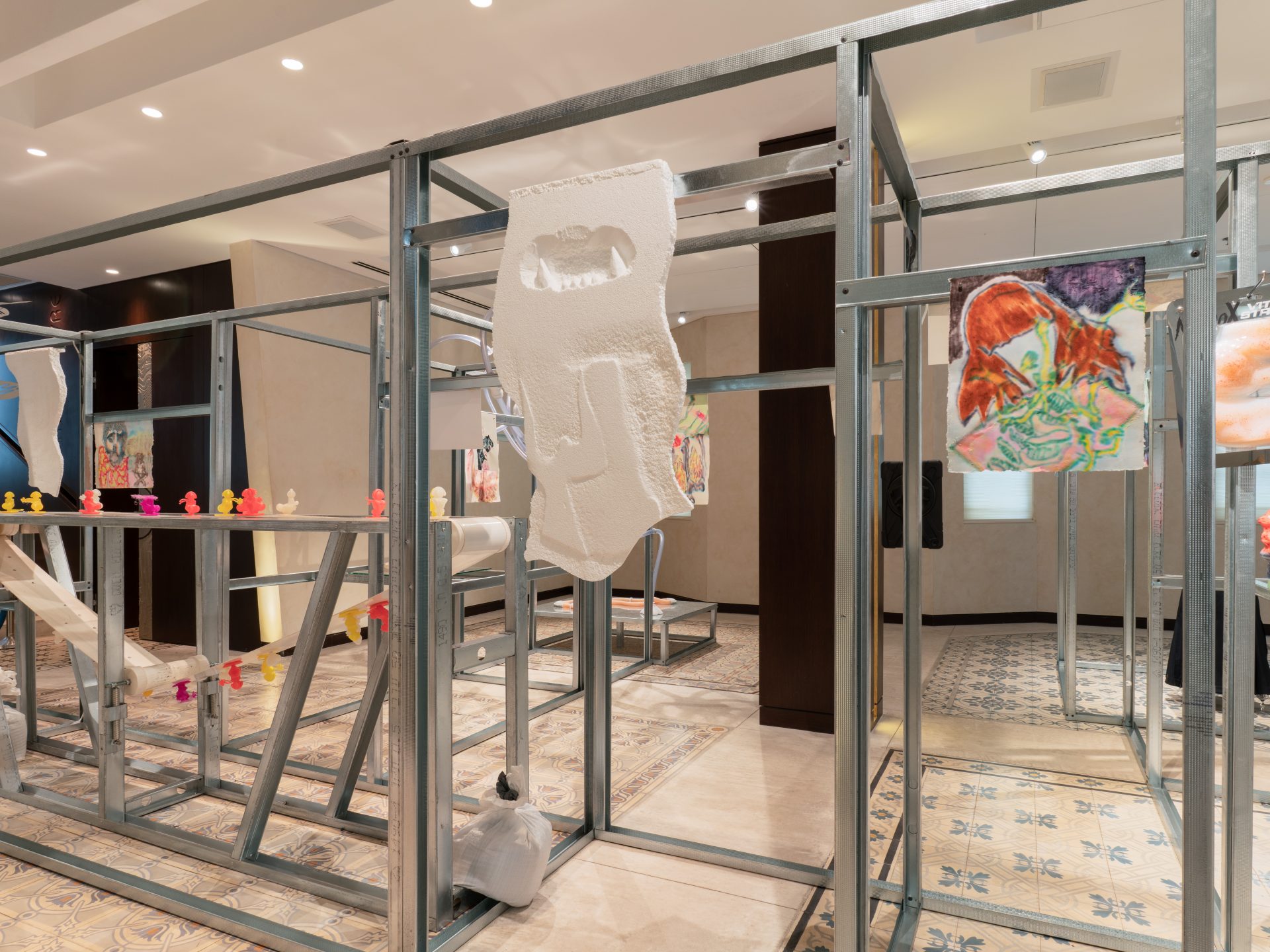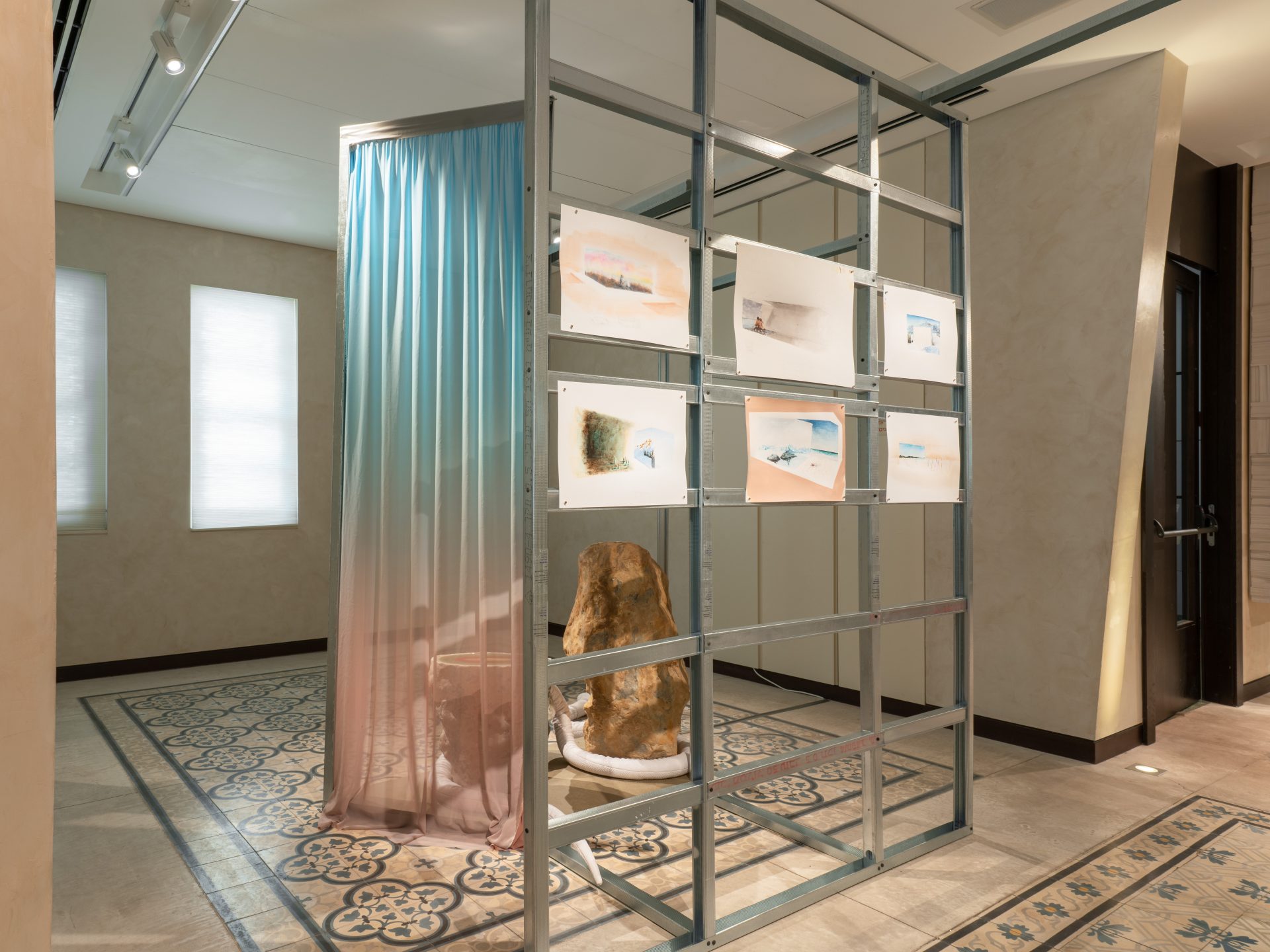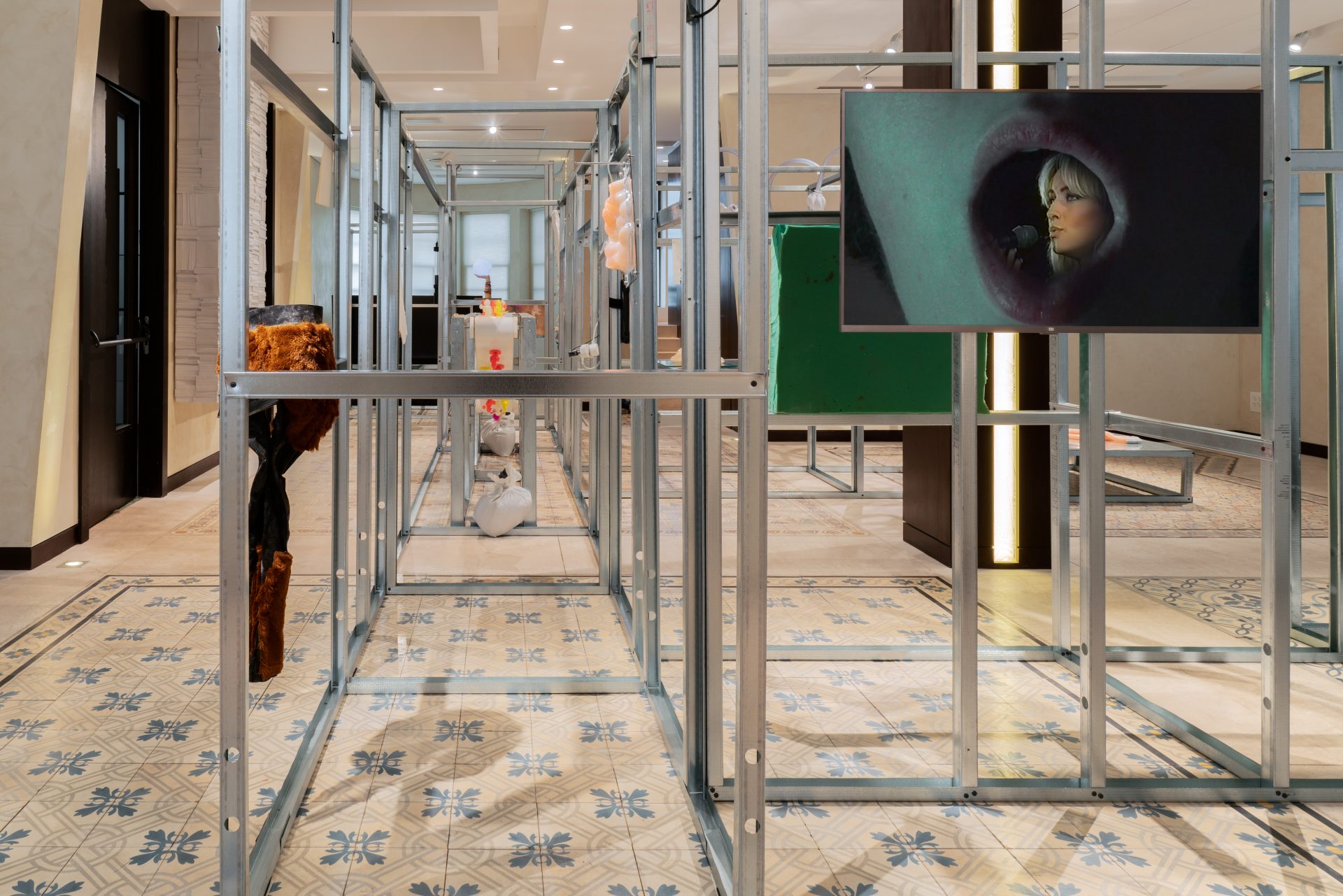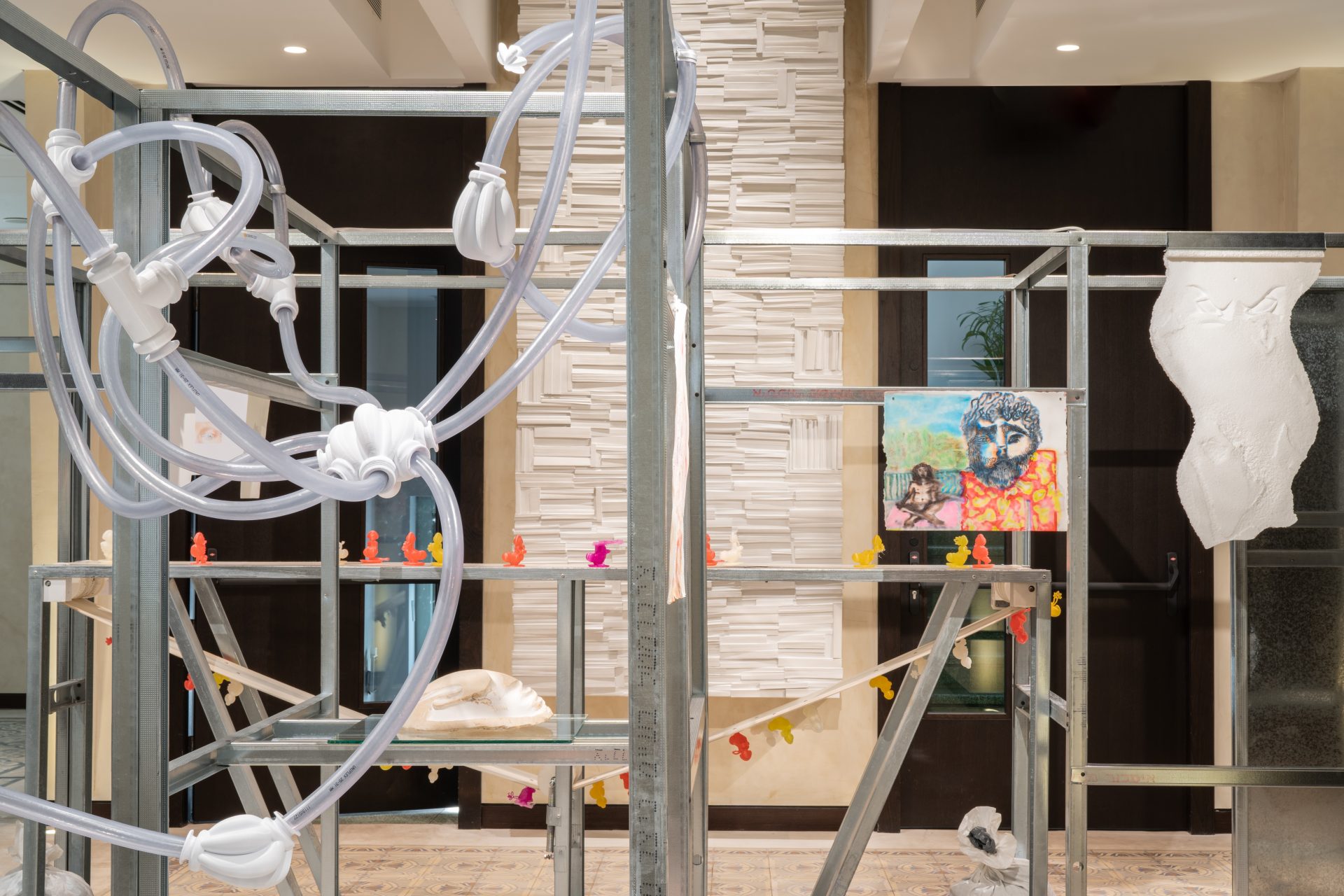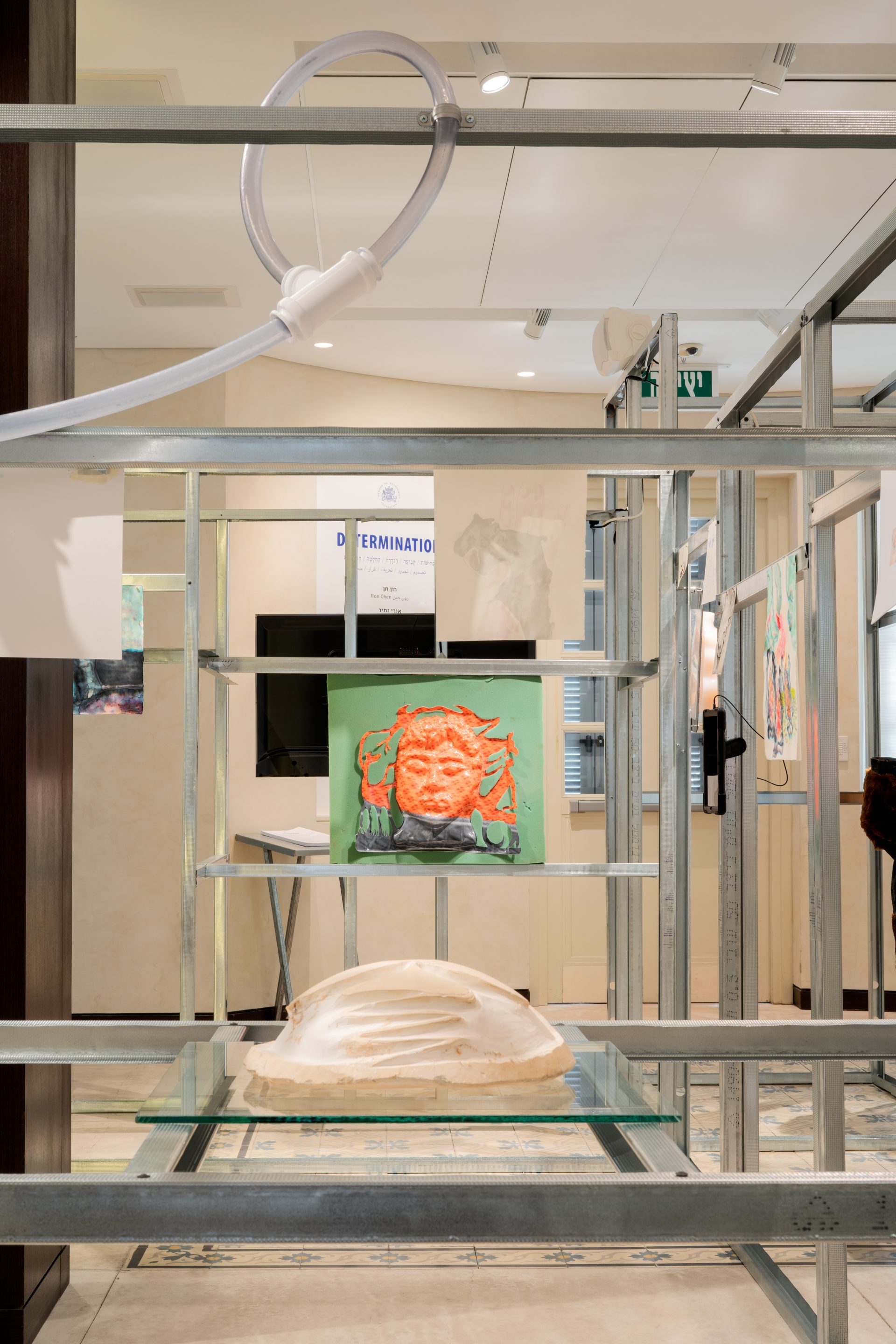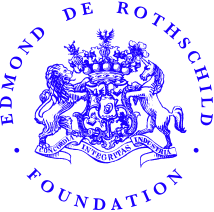In English, the word determination is used in various disciplines such as business, exact sciences, law, philosophy and more. In Hebrew it can be translated as firmness / assertion / definition / decision / decisiveness. In its overarching meaning, the word expresses one’s ability to continue trying to do something, to bring something to completion even when its execution is difficult. But the word can also describe the process of controlling, influencing or deciding something. It can designate a process of finding something out through close examination, as well as the official ruling – the legal or professional decision – that concludes this process.
In the artistic context, the volatile concept of determination can shed new light on some of the work practices and decision-making processes which artists engage with from the confines of their studios. The words firmness / assertion / definition / decision / decisiveness might often seem incompatible with the nature of the artistic process and the art object itself. Indeed the work of art tends to elude every definition; it evolves in a space of multiplicity and coexisting opposites, of spectrum thinking and utter indetermination — or at least, such is the way it is mediated by the artistic discourse. Even though these words do not necessarily apply to the artwork in a thematic sense, they can still be central to the work’s concretion. Indeed they are used to characterize a creative mindset and might also express the artist’s temperament and personality. They command a certain firmness of pace and attitude which often stands in sharp contrast to the work’s departure point — to explore the unknown through a creative process of trial and error.
The creative process taking place in the studio can develop in several ways. In intuitive and spontaneous creative processes, one decision leads to the next and the work progressively takes shape until it consolidates into its final state. In contrast, other working processes are split into two phases: planning and production. Even though decisions are made all the way through, the work in its second stage is born out of a model formulated by the artist in the first stage. The production phase is only initiated once a preliminary decision has been made regarding the definition of the ‘final product’ or artwork. The first intuitive model requires firmness from the artist who must face a new set of decisions at every step: with each decision, new possible courses of action unfold ad infinitum as part of a recursive process with no end point. In contrast, the second model requires decisiveness: the completion of the first stage determines the results of the second stage. From a certain moment on, the end is known in advance.
An artistic practice involving handmade processes produces a unique object that bears the traces of the artist’s hand, but also of its own particular history and consolidation process. In contrast, digital technologies have opened the door to infinite replication. Beyond just referring to a source, the copy has become the source itself — allowing us to turn back, to change our mind and choose several paths simultaneously. This is a familiar reality in our everyday life, from our extensive use of smartphone photos and word processors to the way we are able to edit and delete text messages on WhatsApp, etc. By constantly offering us the option to edit and erase, the digital world eliminates our need for decisiveness, blurring our perception of things as final and absolute. The use of digital production techniques such as 3D printing, inkjet printing, laser cutting and CNC requires the artist to create a digital file from which the work will be produced. This stage usually seals the planning phase and initiates the production phase that will end with the work’s completion.
Each of the works in the exhibition was created through a particular decision-making system, may it follow an intuitive creative process or careful planning and execution. The presented images and objects show the complex relationship between means of production and final product. Indeed they aim to produce a representation not only of an object or concept in the world, but also of the way such representation is manufactured by the artist. This calls for a flickering gaze and mode of action operating at the of tension between on the one hand, the firmness and decisiveness required to produce a responsive expression; and on the other, the deep fear of any overly defining, stiffening and binding statement. Thus the works on display undermine our conception of things in the world as ordered, permanent and absolute, and ask us to suspend our urge to delineate and fix their definition.
The exhibition features works in different mediums including video, sound, painting, drawing, photography and sculpture by artists who have graduated in the past five years from various departments of higher-education art institutions. The works are installed along a metal structure that unfurls throughout the exhibition space. The structure was planned and designed together with the artists to accommodate each and every work while fostering multiple points of encounters and connection between them. It functions as a framing and hanging device as well as an organizing force; a firm and definite construction that fixes and delineates, for both the artists and the visitors.
